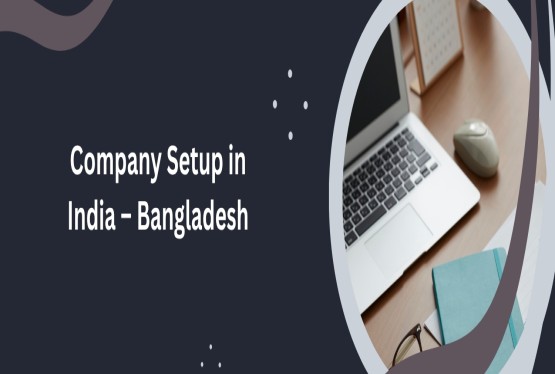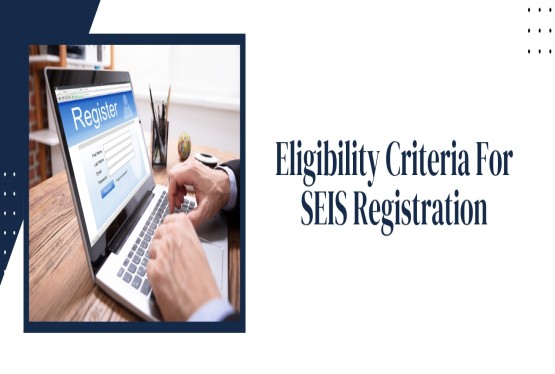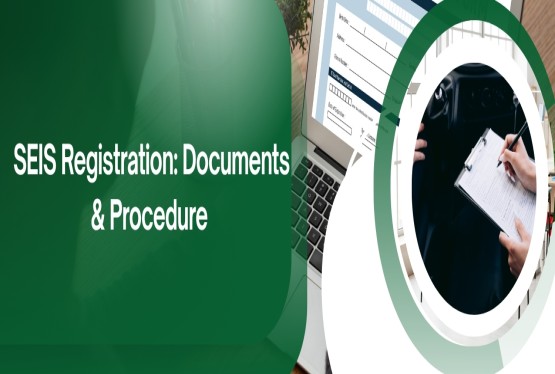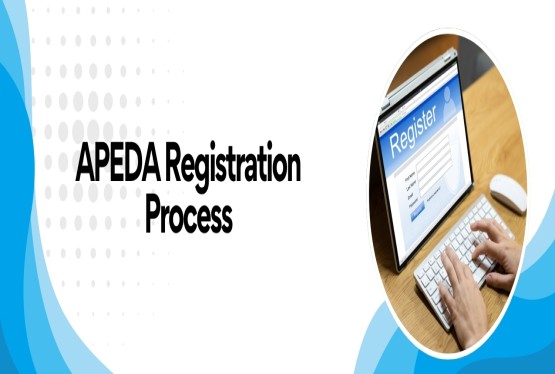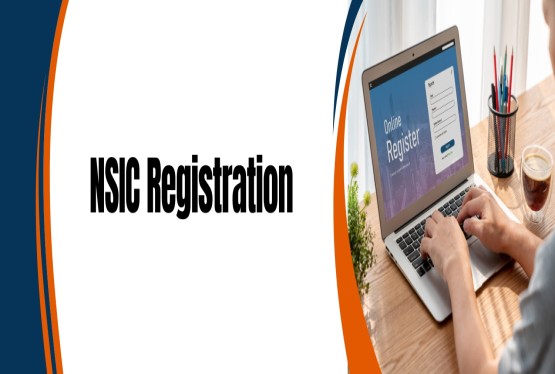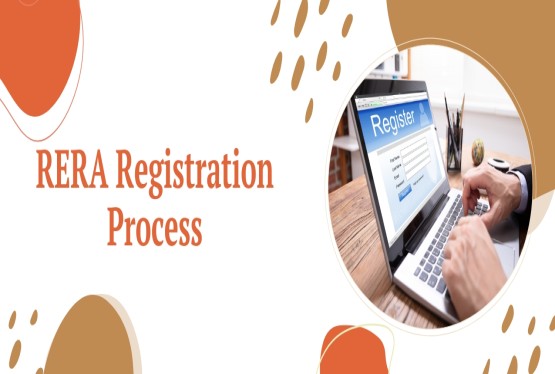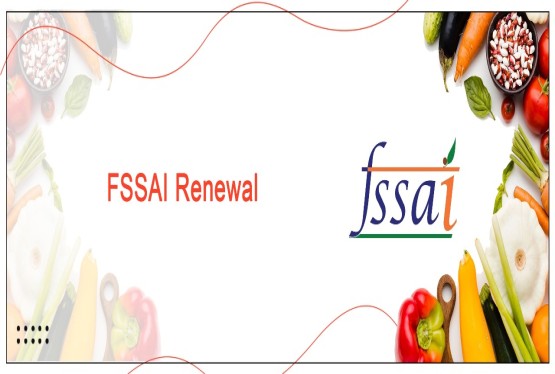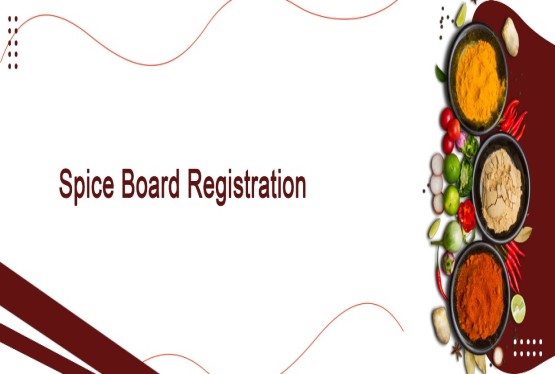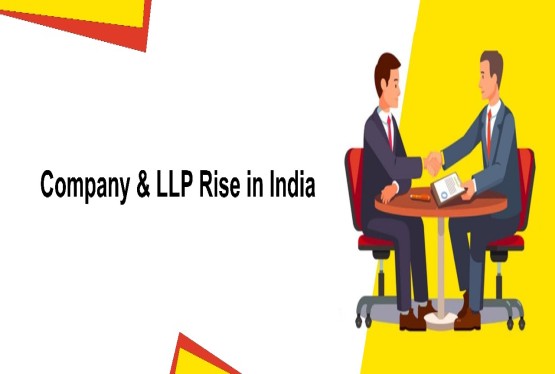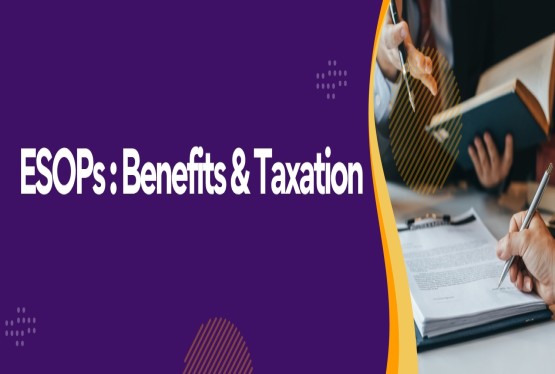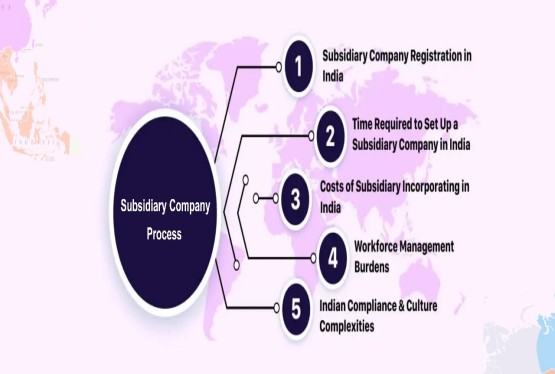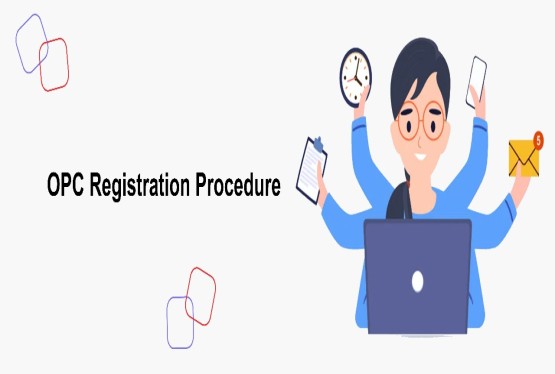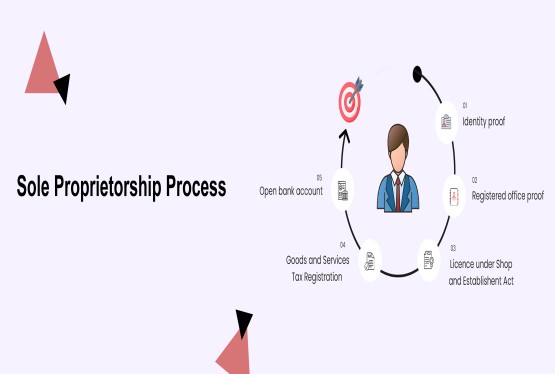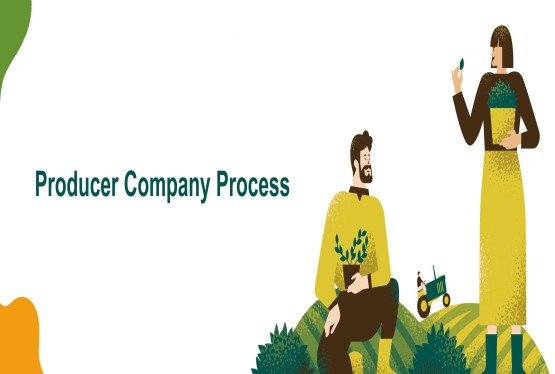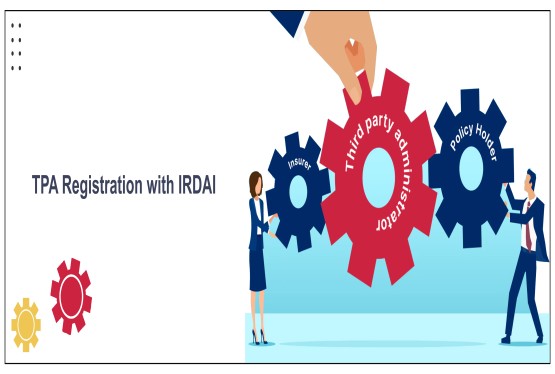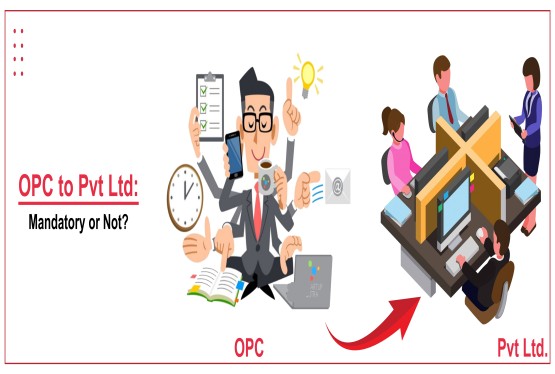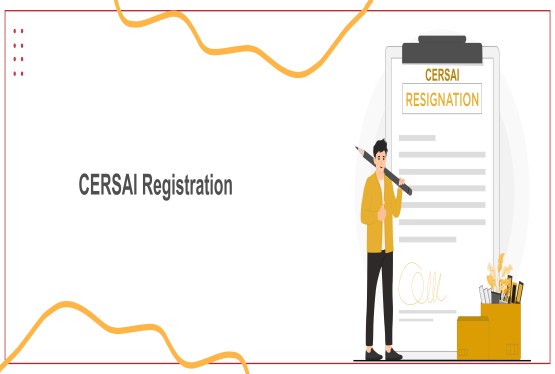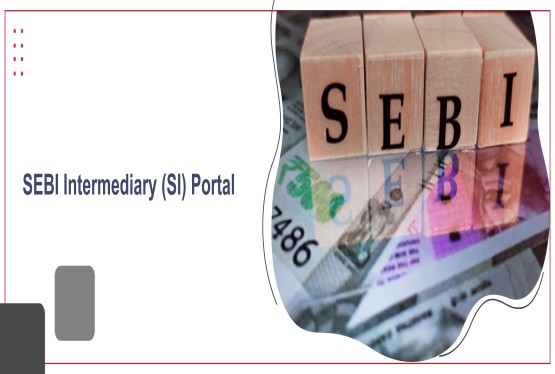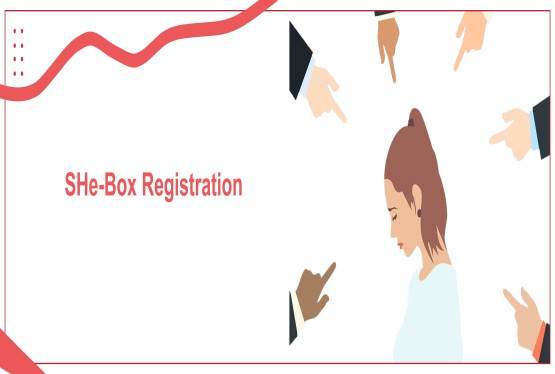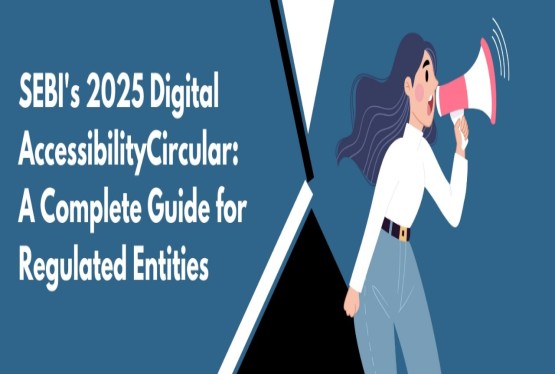The Employees' State Insurance Corporation (ESIC) has introduced the New Amnesty Scheme 2025 to help resolve pending ESI related legal matters without going through lengthy court processes. This scheme is a one-time opportunity for employers and insured persons to settle old disputes related to ESI contributions, coverage, damages, and prosecutions ESI PF return . The scheme will be open from October 1, 2025, to September 30, 2026, and is expected to reduce the burden of litigation, encourage voluntary compliance, and promote smoother relations between the Corporation and its stakeholders.
To know the difference between ESIC and PF.
Objective of the Scheme
The primary aim of the Amnesty Scheme is to significantly reduce the number of ESI related court cases and legal disputes. Over the years, many employers have been entangled in prolonged legal battles due to contribution shortfalls, delayed declarations, or misinterpretation of coverage provisions. By offering a simplified route to settle or withdraw these cases, the scheme helps in clearing backlogs and reducing the cost and time involved in litigation. Additionally, it enhances trust in ESIC and improves its image as a fair and responsive government body that supports employers and insured persons.
Legal Background: Key Sections of ESI Act
To understand the scheme, one must know the key legal provisions under which disputes arise. Section 75 deals with the settlement of disputes before the Employees’ Insurance Court, while Section 82 allows appeals to be filed in a higher court. Sections 84, 85, and 85A relate to criminal cases for offences such as providing wrong information, failure to pay contributions, or not submitting required forms. Sections 45A and 45AA deal with contribution assessments made by ESIC when employers do not provide records. Article 226 of the Constitution allows employers to file writ petitions in High Courts for relief. The scheme provides a way to resolve such matters without further litigation.
Who Can Benefit?
This scheme is open to employers of closed or running units, as well as insured persons, who have cases pending under the specified provisions up to March 31, 2025. Even those who have already benefited from earlier amnesty schemes can apply again. It is particularly helpful for employers who had trouble maintaining records or were penalized due to assumptions made by ESIC in the absence of documentation. It also helps insured persons facing court action for excess benefit claims. Whether you are currently operating a business or have shut it down, you can still take advantage of this scheme to clear pending legal issues.
To know who is eligible for ESIC scheme.
Settlement of Civil Court Cases (Section 75, 82, Article 226)
Coverage Disputes
For employers who are facing cases where they disputed the applicability of the ESI Act on their business (called coverage disputes), the scheme offers relief based on the operational status of the unit. If the business has been closed for more than five years and the case has been in court for at least five years, and if no contribution was ever assessed during the disputed period, the ESIC Regional Director will initiate the process to withdraw the case. If the unit has been closed for less than five years, the employer must submit records proving the correct ESI coverage status and pay the dues and interest accordingly. In these cases, ESIC will not demand damages (penalties). Running units can also benefit if they present records to prove that they were not liable during the disputed period or became liable from a later date. However, employers who voluntarily registered their business on the ESIC portal using Form-01 will not be covered under this scheme for coverage disputes.
Contribution Disputes
When employers have disagreed with ESIC’s assessment of how much contribution was owed, either due to lack of records or estimation by ESIC, the scheme provides a way to resolve it. Employers need to approach the court where the matter is pending and seek permission for an out-of-court settlement. Once allowed, they must pay the employee and employer share of the contribution along with interest, based on actual wage records they submit. If original records are missing, employers can instead submit EPF or Income Tax records. If no records are available at all, they must pay at least 30% of the assessed amount to settle the dispute. No penalties (damages) will be applied. This option provides considerable relief, especially for older cases where documentation may not be traceable.
Disputes Related to Damages
Under the Employees’ State Insurance (ESI) Act, employers are required to pay not only the contributions (both employer and employee share) and interest on delayed payments but also damages which are essentially penalties imposed for delayed or defaulted payments. These damages are levied under the provisions of Section 85B of the ESI Act and can sometimes be substantial, especially when defaults have continued for a long time. In many cases, although employers have accepted and cleared their contribution dues along with the interest, they have challenged these penalty amounts in courts, arguing that the damages imposed are excessive or unjustified.
To provide relief in such cases and reduce long-standing litigation, the ESIC Amnesty Scheme 2025 allows employers to settle these disputes on significantly concessional terms. As per the scheme, an employer who has already paid the contribution and interest but is contesting the number of damages in court can settle the case by paying only 10% of the total damages initially imposed by ESIC. Once this 10% is paid, the Corporation will agree to withdraw the case.
If the dispute has already been escalated to a higher court for example, if the employer or ESIC has filed an appeal the Corporation will agree to accept the order passed by the lower court. This means that ESIC will not pursue its appeal further and will instead accept the reduced damages as determined earlier. After collecting that amount, the Corporation will proceed to withdraw its appeal or close the case.
This provision is highly beneficial for employers who are facing large penalty amounts that were originally imposed without considering mitigating factors like partial payments, delays due to financial crises, or administrative issues. By offering a fixed and reduced settlement (10% of total damages), ESIC is not only helping employers come out of the litigation loop but also encouraging them to become voluntarily compliant in the future.
It’s also important to note that this part of the scheme is only applicable to cases filed before March 31, 2025, and where the damages are the only disputed component, as the contributions and interest have already been paid. This clarity ensures that only genuine cases benefit from the scheme and encourages closure of long-pending disputes that have otherwise drained time and resources of both the employer and the Corporation.
Criminal Cases: Sections 84, 85, 85A
Against Insured Persons
Some insured persons have faced criminal action under Section 84 of the Act for giving false information that led to them receiving excess benefits. Such cases can now be withdrawn if the insured person returns the extra amount received. They must also give a written promise not to repeat the offense. No interest will be charged on the refund. If the insured person cannot be located and the case has been pending for over five years, it may also be withdrawn, provided it’s a minor case. However, serious offences such as forgery or criminal conspiracy are excluded from this benefit.
Against Employers
Criminal cases filed under Section 85 and 85A, typically due to defaults in payment or filing of records, can also be withdrawn. The employer must pay the actual contribution and interest as per available records. If no records are available, they can use alternative documentation such as EPF, Income Tax, or even wage reports from ESIC surveys. If all of that is missing, ESIC will assess dues based on minimum wages or prior declarations. If the employer has already paid dues and interest without protest, the case will be withdrawn automatically. Importantly, the employer must be compliant with current ESI obligations for the case to be settled.
New Additions to the Amnesty Scheme
Old Cases under Section 85(a & g)
This part of the scheme targets very old cases those pending for over 15 years with outstanding dues up to Rs.25,000 (excluding penalties and interest). If the business is closed and the employer can’t be traced, ESIC will consider withdrawing the case. For active units, the employer must update their ESI compliance and pay 30% of the contribution due along with interest. This is a great relief for small businesses with old pending issues.
Non-submission of Return of Contributions (Section 85e)
Previously, ESIC required employers to submit half-yearly contribution returns, and failure to do so led to criminal cases. Now, since contributions are filed digitally and those older return processes are no longer used, ESIC will withdraw such cases. Employers only need to make sure the contribution and interest for the period have been paid.
Late Submission of Declaration Forms
If an employer submitted ESI declaration forms late and was prosecuted for it, they can now get those cases withdrawn. The only condition is that they must have resolved any associated accident claim and the case should be pending for more than three years.
Settlement Mechanism
To ensure that the ESIC Amnesty Scheme 2025 is not only implemented uniformly across India but also executed efficiently, the Employees’ State Insurance Corporation (ESIC) has devised a well-structured and decentralized settlement mechanism. This mechanism prioritizes transparency, speed, and stakeholder confidence, making it easier for employers and insured persons to resolve their cases without procedural bottlenecks.
At the base of this mechanism are Amnesty Committees set up at the regional and sub-regional levels. These committees are composed of experienced officers from the Legal and Finance departments, as well as empanelled legal advocates associated with ESIC. The inclusion of legal and financial experts ensures that each case is assessed not only for compliance accuracy but also from a legal standpoint. The panel advocates help assess the strength of cases already under litigation and guide the Corporation on whether withdrawal is appropriate under the scheme’s conditions.
Once a case is brought under the scheme either voluntarily by the employer/insured person or taken up proactively by the Corporation the committee carefully reviews it against the eligibility criteria outlined in the Amnesty Scheme. This includes checking the nature of the dispute (coverage, contribution, damages, or prosecution), reviewing payment and compliance records, verifying the period of the default, and examining the status of litigation. The goal is to determine whether the case qualifies for withdrawal or out-of-court settlement based on the scheme’s terms.
A significant and empowering feature of the scheme is that Regional Directors (RDs) and Joint Directors in charge of regional and sub-regional offices are given full authority to approve the settlement of eligible cases. This means they do not need to seek approval from ESIC headquarters in New Delhi, eliminating bureaucratic delays and promoting faster decision-making. This decentralization is crucial, considering the large volume of pending cases and the need for swift closure within the scheme’s timeframe.
In terms of processing, once the application is received, the case must be settled within six months. This time-bound approach brings certainty and predictability to the process. It also ensures that both the applicant and ESIC can efficiently close matters and update compliance records accordingly. Employers must also complete any pending payments or documentation during this period, failing which the case may be excluded from the benefits of the scheme.
To ensure consistency in decision making and transparency in handling cases, ESIC has directed that the officer who initially determined the contribution or initiated legal action should not be assigned to the case review committee. This avoids conflict of interest and ensures that the review is impartial.
The Regional Directors are instructed to coordinate with the judiciary, including the Registrar of the concerned High Court and lower court authorities, to inform them about the launch of the scheme. This step is aimed at securing judicial cooperation for faster disposal or withdrawal of cases that qualify under the scheme, particularly those pending under Sections 75, 82, 84, 85, and Article 226 of the Constitution.
To track performance and accountability, every Regional Office is required to submit a monthly progress report to the ESIC headquarters by the 10th of each month. These reports will help monitor the scheme’s implementation, identify bottlenecks, and ensure uniform application across all ESIC jurisdictions.
Learn more about ESIC Insurance Number.
Incentives and Honorarium
To encourage fast resolution, ESIC will provide financial incentives to legal professionals and internal staff who help implement the scheme. Panel advocates will receive Rs.2,500 for each case under Sections 75, 82, or Article 226, and Rs.1,000 for cases under Section 85(a), (e), or (g). Officers working on these cases may also be eligible for honorarium payments. Additionally, the top ten best-performing ESIC regions will be recognized and rewarded by the Chairman of the Corporation.
Publicity and Outreach
ESIC has directed all its regional offices to widely promote the scheme through advertisements, press releases, meetings with trade unions, employers’ associations, and local stakeholders. The scheme details will be published on the official regional websites. Regional Directors will also coordinate with courts to facilitate easy case withdrawals. This broad outreach ensures that no eligible person or entity misses the opportunity to benefit.
Why This Scheme Matters?
The New Amnesty Scheme 2025 provides a much-needed relief for thousands of employers and insured persons who have been stuck in legal disputes with ESIC. It helps reduce the burden on courts, ensures faster resolution of minor and old disputes, and gives businesses a chance to come clean and stay compliant. It also reflects a positive step by the ESIC in working collaboratively with stakeholders rather than only through penalties and litigation. By encouraging settlement and simplifying compliance, the scheme improves transparency, reduces costs, and builds long-term trust in the ESI system.
Frequently Asked Questions
Q1. What is the ESIC Amnesty Scheme 2025?
Ans. The ESIC Amnesty Scheme 2025 is a one-time settlement scheme introduced by the Employees’ State Insurance Corporation to resolve pending litigation and disputes related to ESI contributions, coverage, damages, and prosecutions. It allows employers and insured persons to settle their cases outside court between October 1, 2025, and September 30, 2026.
Q2. What are the key objectives of the scheme?
Ans. The main goals of the scheme are to reduce litigation, encourage voluntary compliance, resolve long-pending disputes, simplify compliance procedures, and improve the relationship between ESIC and its stakeholders.
Q3. Who is eligible to apply under the Amnesty Scheme 2025?
Ans. Employers of both closed and running establishments, as well as insured persons, are eligible. Even those who have availed benefits under previous amnesty schemes can apply again. Cases must be filed on or before March 31, 2025, under specified sections of the ESI Act.
Q4. Which legal provisions are covered under this scheme?
Ans. The scheme covers cases under:
-
Section 75 & 82 – Disputes in ESI Court and appeals
-
Section 84, 85 & 85A – Criminal proceedings
-
Section 45A & 45AA – Assessment of contribution
-
Section 85(e) – Non-filing of returns
-
Article 226 – Writs filed in High Courts
Q5. Can employers who have already paid contributions and interest still apply?
Ans. Yes, if the employer has paid contributions and interest but is contesting damages (penalties) in court, they can settle the dispute by paying only 10% of the damages and withdraw the case
Q6. How are coverage disputes handled under the scheme?
Ans. Coverage disputes can be settled if:
-
The unit is closed for over 5 years, and the case is pending for more than 5 years, with no prior assessment.
-
The employer provides supporting records and pays accepted dues with interest.
-
No damages will be charged, and voluntarily registered units (Form-01) are excluded.
Q7. What if records for contribution assessment are missing?
Ans. If the employer cannot produce records, they can submit alternatives like EPFO or Income Tax data. In the absence of any records, the employer must pay at least 30% of the assessed contribution to settle the case.
Q8. Are criminal cases against insured persons also covered?
Ans. Yes, criminal cases under Section 84 for false declarations can be withdrawn if:
-
The insured person refunds the excess amount.
-
No interest is charged.
-
A written undertaking is submitted.
-
Serious cases involving forgery or conspiracy are not eligible.
Q9. What are the benefits for closed units with old pending cases?
Ans. Closed units with cases pending for more than 15 years and contribution dues up to Rs.25,000 can have their cases withdrawn without paying interest or damages, subject to compliance status.
Q10. Will cases of late declaration form submissions be considered?
Ans. Yes, cases involving late submission of declaration forms will be withdrawn if:
-
ESI compliance is completed,
-
Any accident claims are resolved,
-
And the case has been pending for over 3 years.
Q11. How long will it take to settle a case under the scheme?
Ans. All cases must be settled within six months from the date of application filing. Employers must ensure timely compliance and submission of all required documents.
Q12. Who will review and approve the cases?
Ans. A local committee consisting of legal and finance officers and panel advocates will review each case. Regional Directors and Joint Directors have full authority to approve the withdrawal or settlement of eligible cases no approval is needed from ESIC headquarters.
Q13. Is any incentive offered for legal professionals and staff?
Ans. Yes, panel advocates will receive:
-
Rs.2,500 per case (Sections 75, 82, 226)
-
Rs.1,000 per case (Section 85 matters)
Staff involved in scheme implementation will receive honorariums as per ESIC rules.
Q14. Will there be awareness and outreach efforts for this scheme?
Ans. Absolutely. Regional Offices are instructed to publicize the scheme widely through local advertisements, press releases, and stakeholder meetings. Details will also be available on ESIC’s regional websites.
Q15. Where can I apply or get assistance for my case?
Ans. You can apply at your respective Regional or Sub-Regional ESIC Office. For assistance, you can contact the local ESIC legal/finance officer or panel advocate. A formal application format will be available at field offices and ESIC portals.

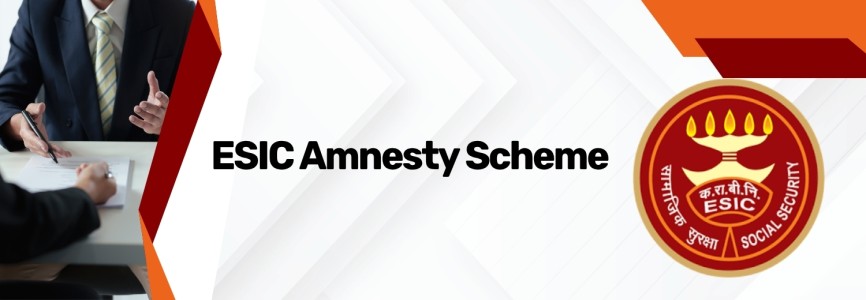










_crop10_thumb.jpg)





_crop10_thumb.jpg)




























-Form_crop10_thumb.jpg)

_crop10_thumb.jpg)























_learn_crop10_thumb.jpeg)
































_crop10_thumb.jpg)

_crop10_thumb.jpg)





















_crop10_thumb.jpg)















_for_Foreign_Directors_learn_crop10_thumb.jpeg)




_Act,_2015_learn_crop10_thumb.jpg)









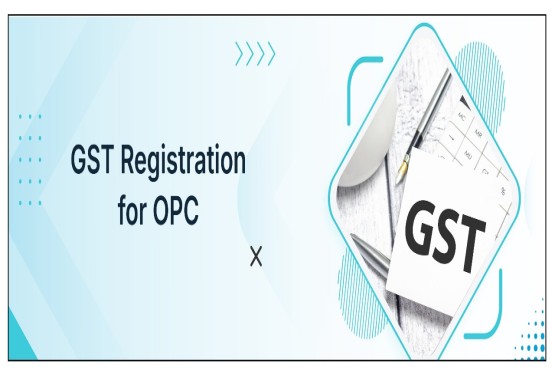






















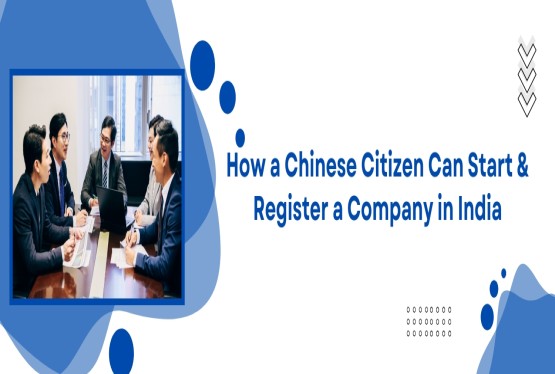
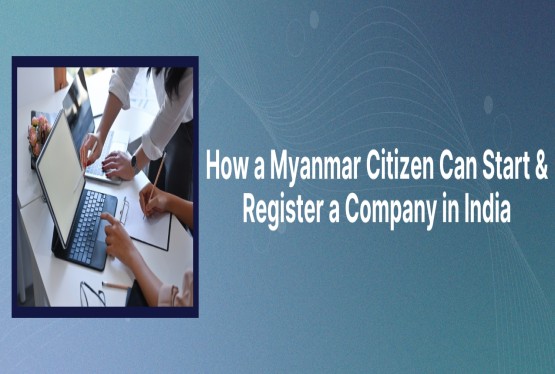
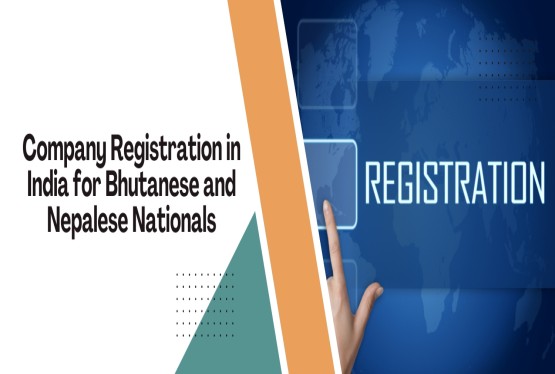
_learn_crop10_thumb.jpg)
